LinkedIn Ads Don’t Suck Anymore. Here’s Why

LinkedIn Ads used to suck.
Especially compared to other social platforms, like Twitter or Facebook.
LinkedIn used to lack many of the features that made its competitors’ ads work so well.
For example, there were no specific targeting features. So you had to advertise to a general audience.
They also didn’t use a quality score to help keep ads relevant. Instead, you were simply forced to throw up an ad to a general audience and hope for the best.
You could run the same ad for months, wasting tons of money, and you’d have no idea why results weren’t coming in as you expected.
But LinkedIn has started stepping up their game in the past few months.
They’ve come out with a few new features that will let you create custom audiences. Now you can target or retarget specific accounts.
And you can monitor progress along the way.
A 2012 HubSpot study even found that LinkedIn is the best social platform for lead generation.
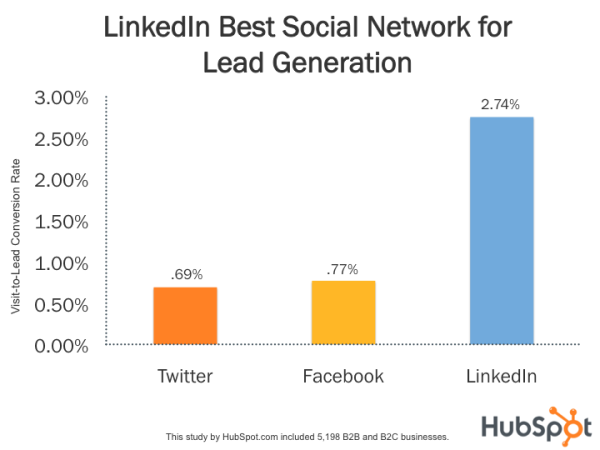
LinkedIn Ads used to be a waste of time just a few years ago.
However, they’re now becoming a staple for B2B marketers everywhere.
Here’s why LinkedIn Ads used to be so bad — and how the site has improved to become one of the best ways to drive traffic and B2B leads.
Why LinkedIn advertising used to suck
Facebook dominates, making up 65% of all social ad spending.
There’s a good reason why this is the case.
Not only does it let you reach the most people, but it’s also the best ad platform by far.
It gives you sophisticated features to laser-target campaigns and monitor progress as you go.
And this, in turn, results in more leads and more sales for fewer dollars spent.
LinkedIn didn’t have any of those features for the longest time. Here’s a quick rundown of some of the biggest.
Feature #1. Custom audiences to target individuals
Facebook’s ad platform lets you run laser-targeted campaigns.
You can create ads and audiences for every stage of the funnel.
You can include or exclude hyper-specific segments by factors, such as income.
And the custom audience options are nearly limitless.
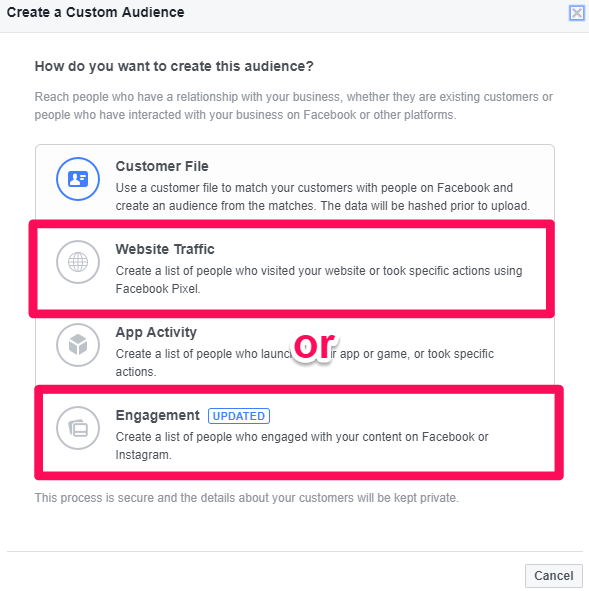
On Facebook, you can run campaigns to target those who have visited your website. Or you can track who interacted with your content on Facebook or Instagram.
Twitter allows you to do something similar.
You can create new Tailored Audiences based on email addresses, Twitter usernames, and more.
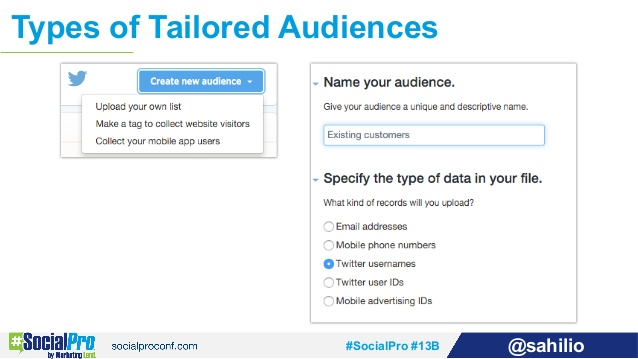
You can export a list of emails from a CRM and upload them directly to Facebook or Twitter.
You could see, for example, who was already on your newsletter. Then you could target ads to those specific individuals to start driving sales.
LinkedIn never had this feature.
It used to lack any custom audience option. That meant you couldn’t narrow down your audience anywhere near Facebook’s level.
Feature #2. The ability to monitor your progress
LinkedIn used to suck because you couldn’t perform the most basic tasks associated with advertising.For example, you couldn’t check on your progress. There was no way to monitor the success of your campaigns.
Meanwhile, AdWords, Facebook, and Twitter all provide quality or relevance scores to help you optimize your campaigns.
These are key indicators on each platform that let you know how relevant your ads are to your audience.
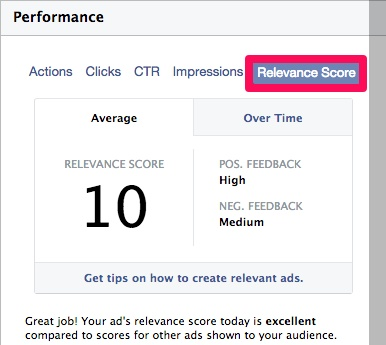
In other words, these were leading indicators that let you know if your campaign was likely to be a success or failure.
That way, you didn’t have to blow through an entire ad budget before realizing nobody was clicking or buying.
Historically, LinkedIn has never had a quality or relevance score.
You could run a terrible ad targeting the wrong audience and receive no penalty.
LinkedIn would always run your ads, even if there was zero engagement.
Larry Kim at WordStream even ended up paying $8 per click for ads that weren’t working at all.
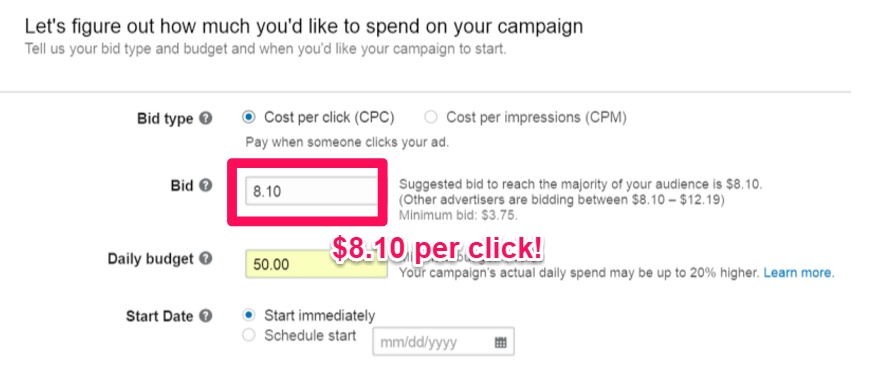
All of these clicks were a complete waste of money because the audience wasn’t ever going to buy.
They were the wrong people in the first place. And unfortunately, LinkedIn’s platform never gave him a warning.
Feature #3. No goal-based pricing
It’s hard to beat Twitter’s goal-based pricing.
Goal-based pricing means that you pay for the campaign goal you set.
For example, let’s say I chose “link clicks.”
It guarantees me the end goal of a campaign without charging me for the in-between filler metrics like views or impressions.
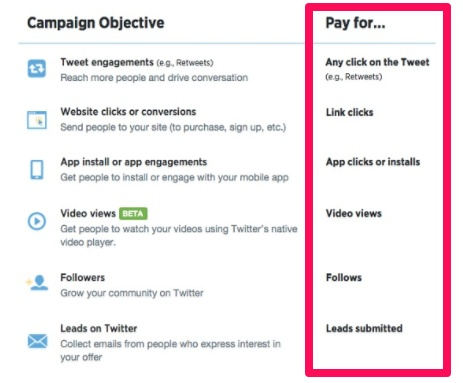
LinkedIn didn’t offer this kind of pricing option before either.
But thankfully, LinkedIn has started improving their advertising platform to give you more options.
Here are some of my favorite new techniques for driving more leads.
How LinkedIn has improved with matched audiences
In April 2017, LinkedIn added “Matched Audiences.”
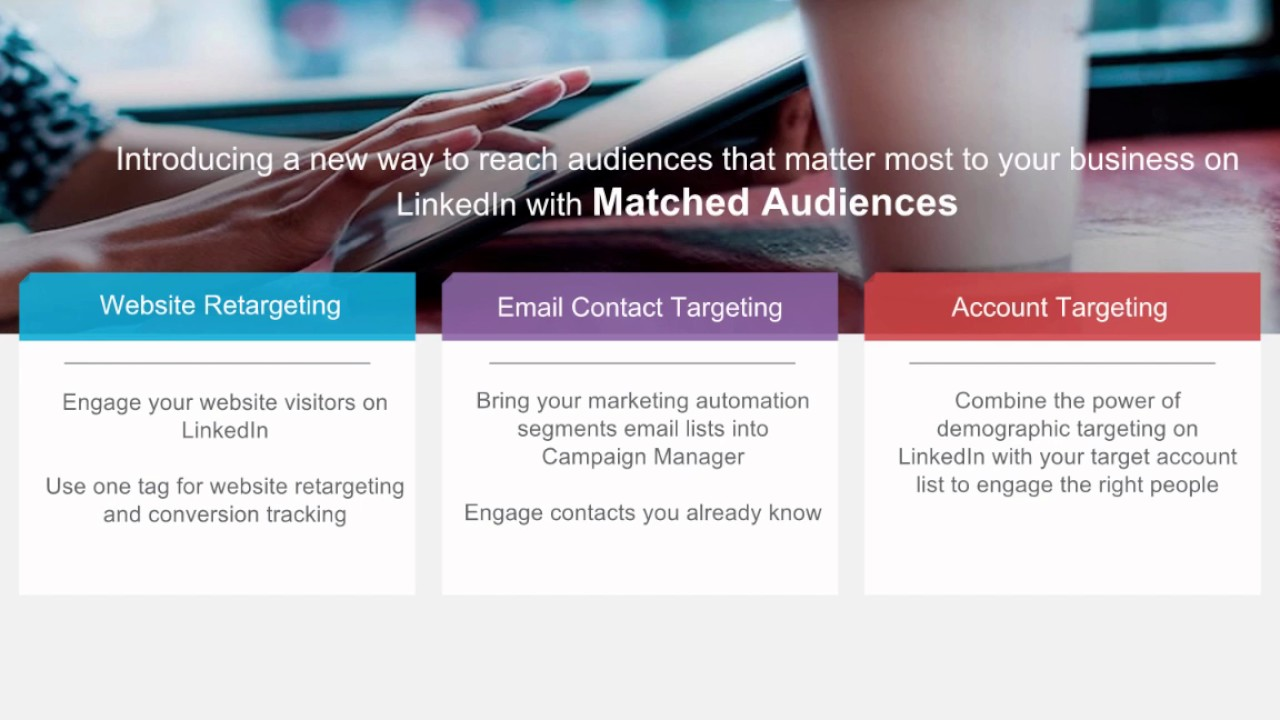
This is the equivalent to Facebook’s custom audiences.
Think about how powerful this is for a second.
LinkedIn is full of high-level executives and CEOs. These people are notoriously difficult to reach.
But now, you can easily target them with ads if you have their data.
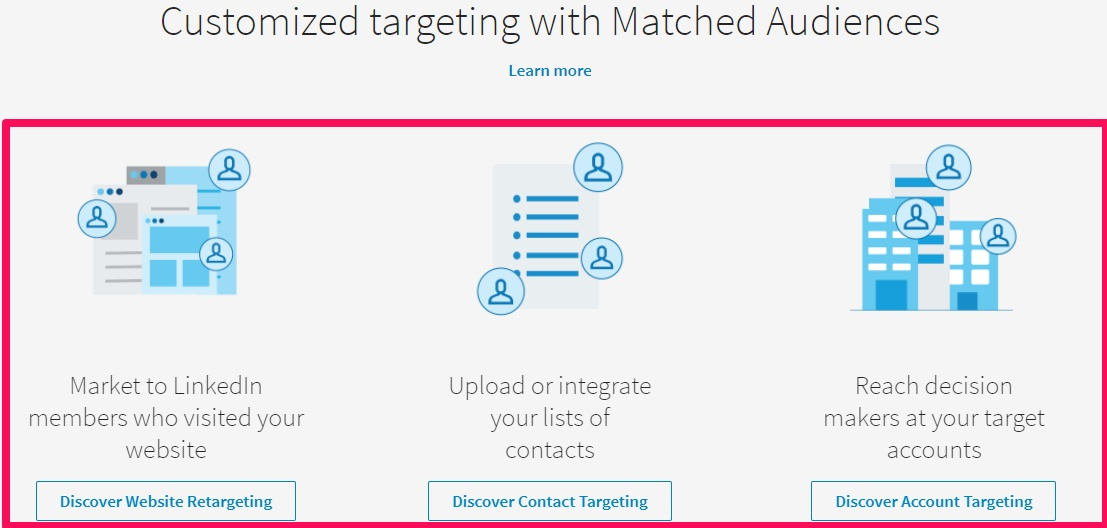
You can now create multiple retargeting audiences based on a number of criteria.
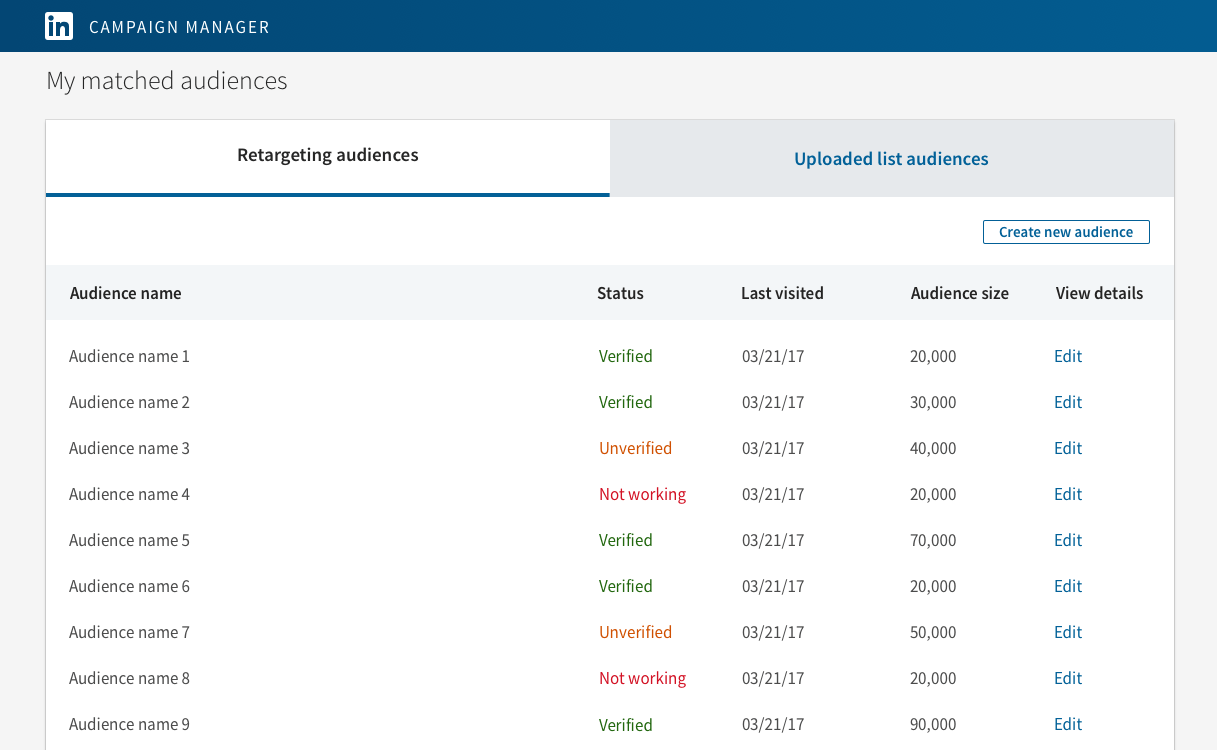
For example, you can split these up based on lead status, customer persona, product or service interest, and more.
You can even upload lists of up to 90,000 people!
LinkedIn also now has multiple targeting methods:
- Account targeting
- Contact targeting
- Web retargeting
Using even just one of these three options will get your ads in front of desired prospects and high-ticket executives.
Here’s how these three matched audiences work.Option #1. Account targeting
Account targeting is one of my favorite LinkedIn matched audiences to use.
You can effectively target specific companies (and employees at those companies) at scale. That allows you to reach key decision makers, such as CEOs or business owners.
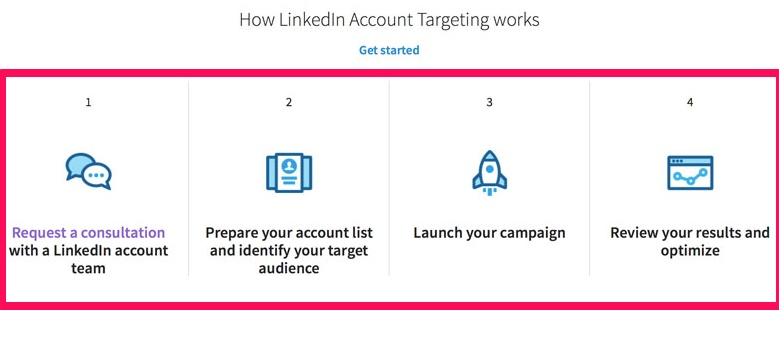
57% of companies have pages on LinkedIn.
That means there are countless opportunities for prospect targeting that simply aren’t available anywhere else.
Account targeting is extremely simple. You just upload a list of company names, such as “Amazon,” and then target ads to employees of that company.
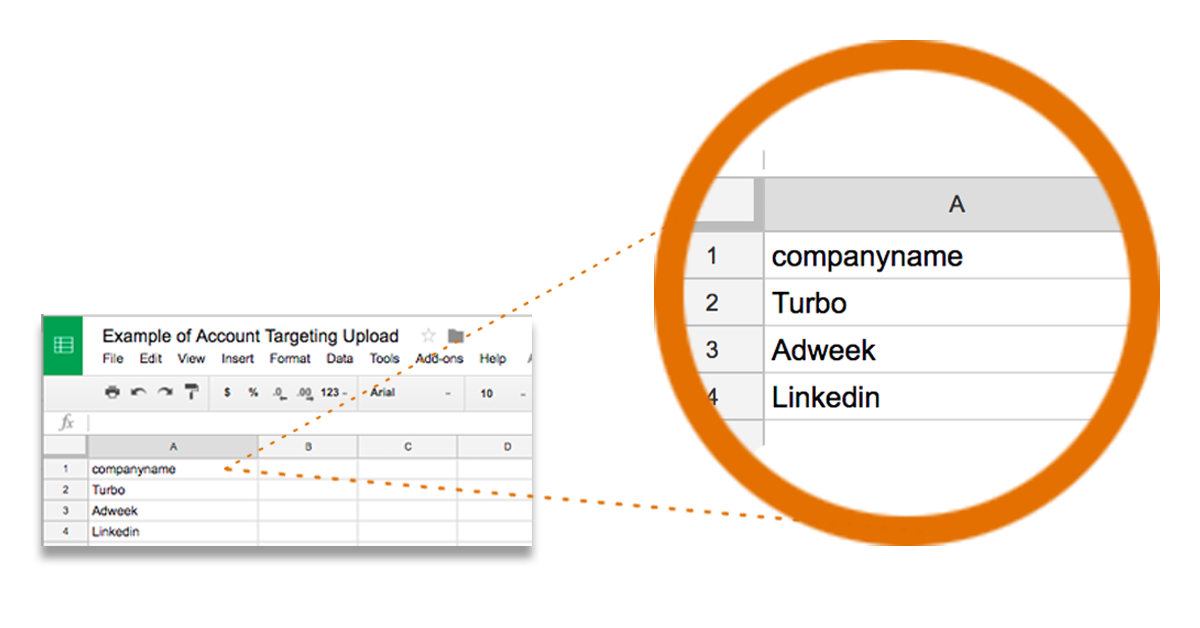
Instead of spending potentially hours customizing an audience, you can just upload a CSV file.
Next, LinkedIn takes that company list and matches it to its millions of business pages.
Pro tip: Remember, the maximum upload amount is 30,000 companies.
LinkedIn will gather the employees at those companies you listed and will give you an estimated target audience:
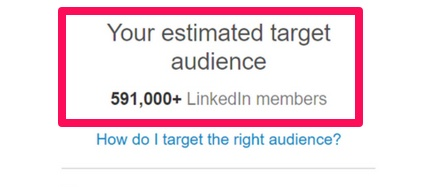
Use that estimated target audience to create ads relevant to each company’s employees.
For example, if you’ve got multiple segments, you can create lists with accounts in those industries.
If you target SaaS products for small businesses and Fortune 500 companies, you can create multiple account-based audiences to make sure your ads speak directly to each group.Option #2. Contact targeting
Contact targeting is a great way to nurture leads that have given you their email.
You can take emails from a CRM, or a platform like MailChimp, and upload that list into LinkedIn to start targeting people who are already aware of your brand.
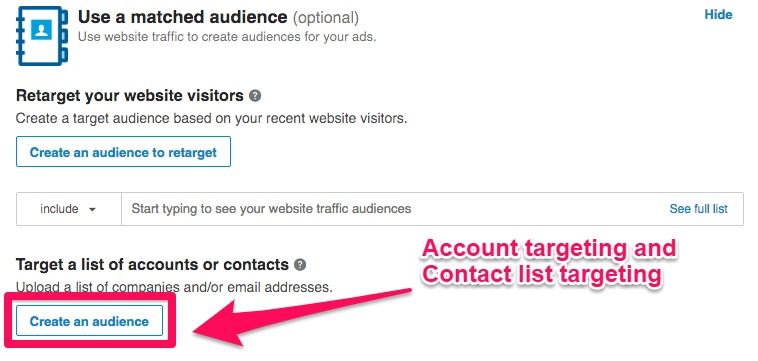
It’s no secret that selling to existing customers is much easier and cheaper than acquiring new ones.
That’s exactly what this new contact targeting allows you to do.
Simply upload a list of emails, and LinkedIn will match those emails to accounts.

LinkedIn is great at matching these emails to accounts so that you can target individuals.
AJ Wilcox, a Certified LinkedIn Ads Partner, predicts that LinkedIn’s Contact Targeting match rate could reach close to 75%. Facebook’s, on the other hand, tends to only be around 20-30%.
You can also connect LinkedIn with various CRMs and SaaS applications, such as Marketo.
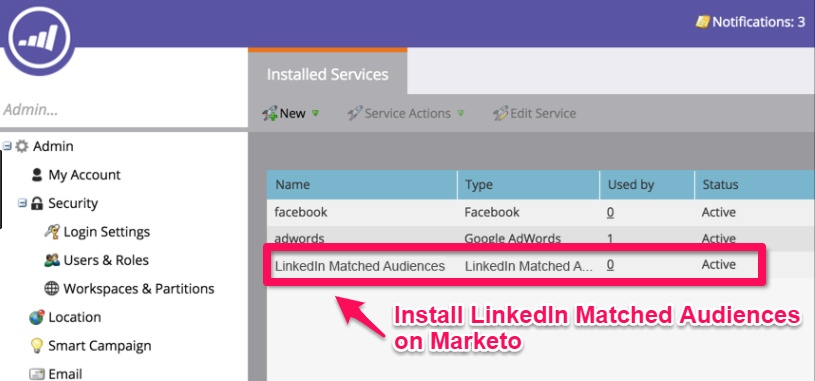
Your Contact Targeting options are almost endless.
It’s super easy to upload a list of your CRM contacts and continually track that performance back in your CRM.
The best part is being able to target brand-aware users that are significantly more likely to convert!
Instead of blindly targeting new people with brand-awareness campaigns, you can skip that step in the conversion process.
Option #3. Web retargeting and tracking
Web retargeting and tracking on LinkedIn works exactly like it does on Facebook.
You can retarget website visitors from the past 90 days and continually send them remarketing ads.
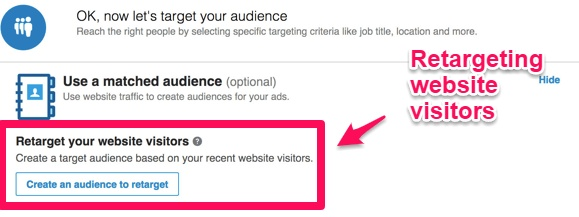
You’ll need to install the Insight Tag in the tools section to get started with LinkedIn remarketing ads.
Here’s where to find it:
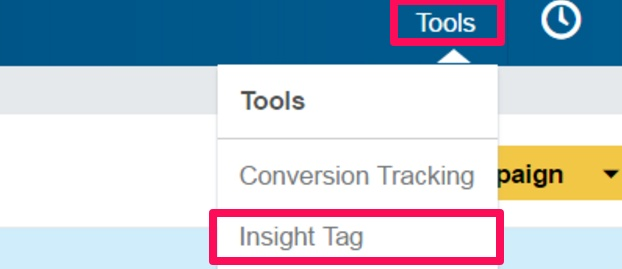
The Insight Tag is very similar to any tracking code, such as AdWords, Analytics, or Facebook’s Pixel.
Simply add the Insight Tag to your site above the </body> tag.

After you install the website code, you can start creating a matched audience by website visits, including targeting specific URLs!
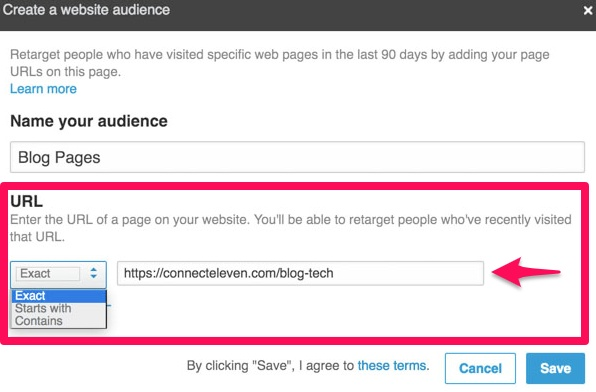
Similar to Facebook, you can now target users in different stages of the funnel with specific URL-based targeting.
For example, if you want to target someone who visits your pricing page, you can create a custom website audience based on only visitors who landed on that page.
Or if people are still cold, you can target them based on solely viewing your blog posts!
The options are improving on LinkedIn, and we can all benefit from its targeting methods.
New, powerful lead-generation forms
Have you ever used Facebook’s lead-generation campaigns?
You can run seamless lead-gen campaigns with powerful form options on Facebook. That means nobody has to go to a landing page and type their information.
All it takes is the single click of a button to get their information.
It’s incredibly easy to create a new lead-generation campaign. You can use LinkedIn’s pre-built forms to capture leads.
Here’s how to do it:
Log in to your LinkedIn Ads Account Manager. Then, navigate to your account assets:

Next, click on “Lead Generation Forms” from the dropdown:
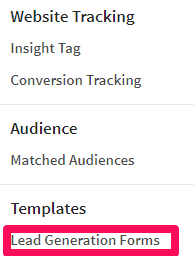
Use the lead-generation form to craft beautiful lead-magnet offers that are easy for customers to opt in on.
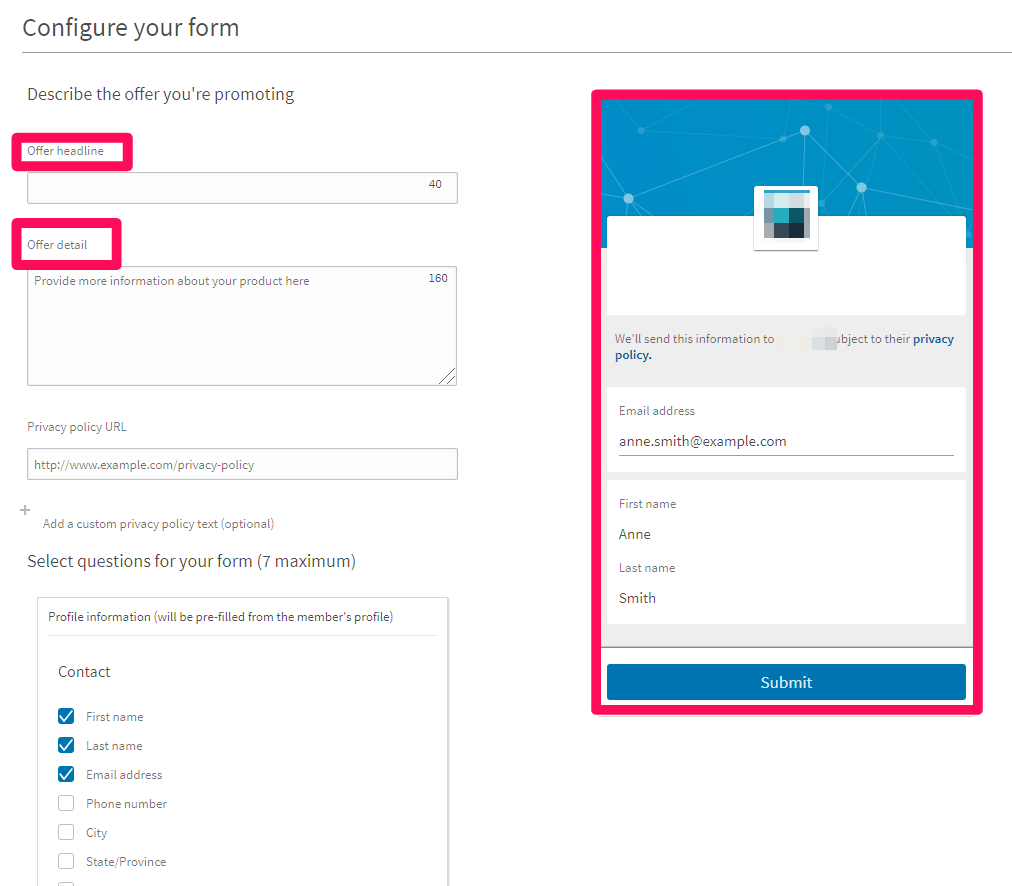
You can customize the offer headline, provide more details, and select from a bunch of standard form-field options to collect lead data.
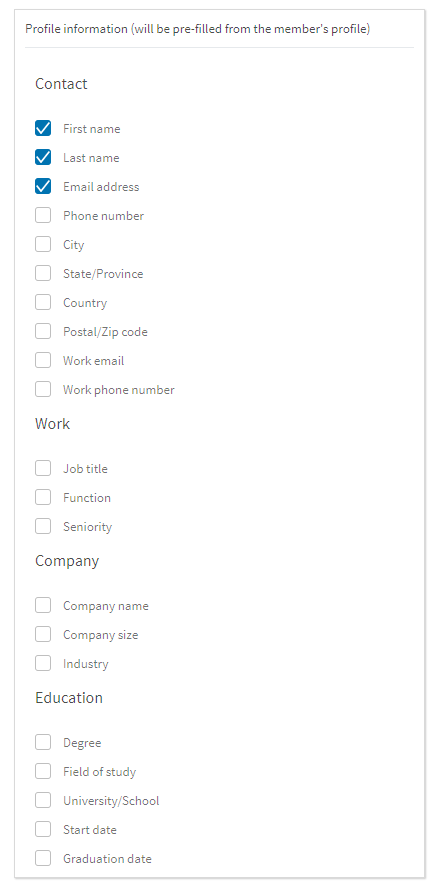
Next, you can even craft a thank-you message:
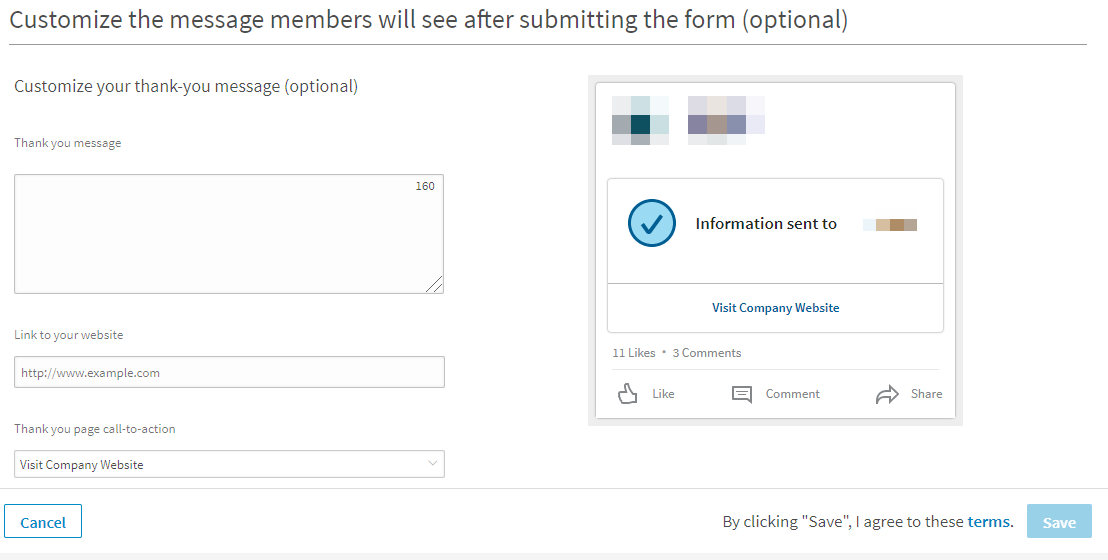
And here, you can link directly to your website to promote offers, a helpful blog post, or another compelling lead magnet.
New Sponsored InMail campaigns
Sponsored InMail campaigns allow you to send direct messages to users on LinkedIn.
That means you can personalize messages to thousands of accounts. No more struggling to reach those CEOs or CMOs.
To get started, click “Create campaign” in the LinkedIn Ads Manager:

Then, select “Sponsored InMail”:
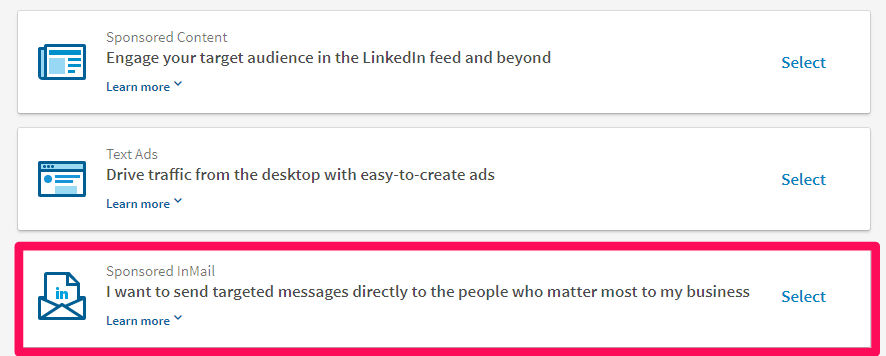
The great thing about Sponsored InMail is that these messages come directly from the account you select.
That means you can use your personal LinkedIn account to send these messages.
You’re going to send a ton of them at scale. But they’ll still look and feel personal if you do it right.

Simply type your subject and message to get started. You can even include custom fields like “%FIRSTNAME%” to easily automate these messages.
Here’s an example:
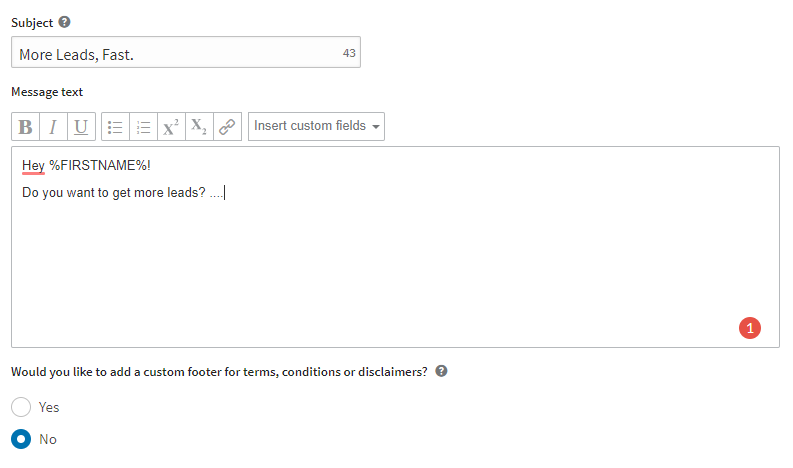
These custom fields will help you personalize messages by dropping in data points about each individual contact.
But be aware of these limitations
Although LinkedIn has significantly improved its targeting options, it still has a few limitations.
Like any product, it’s not perfect.
Here are a few drawbacks to be aware of before you get started.
Limit #1. Match rate feedback
“Match rate” is the number of emails or accounts that LinkedIn can match from your lists to established profiles and company accounts.
For example, let’s say you upload a list of email addresses, such as “bob@pacbell.com.”
The likelihood of that email getting matched is pretty good, as long as they’re still with the company.
However, if someone gives you their work email but uses their personal Gmail on their LinkedIn account, you won’t get a match.
LinkedIn will attempt to match these records against all users in its database.
Instead of giving you the exact emails that didn’t match, it only tells you a percentage.

You won’t be able to see which individual ones didn’t work. So you can’t run through the list and weed out the emails or replace them.
Not being able to manage your list can get extremely annoying, especially if you have a huge audience list.
It’s inconvenient because now you don’t know which emails or accounts didn’t match, which leaves you no room to adjust and re-upload.
On top of that, sometimes your list will just say “not working.”
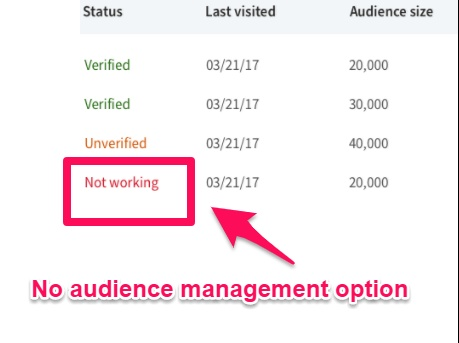
Unfortunately, it also won’t give you any actionable ways to fix it. So once again, you’re stuck.
You can try it a few more times and, hopefully, get lucky. But otherwise, you won’t know why it’s “not working” or how to get it working.
LinkedIn’s advertising options have come a long way. However, as you can see, there’s still some room to improve.
Be aware of these issues before firing up your next campaign.
Limit #2. Minimum audience size
The general minimum audience size on LinkedIn is 300 targets.
That means you need at least 300 companies or emails to upload a list.

Do you have a smaller audience list than that? Sorry, you’re out of luck.
Keep in mind the first limitation, too.
You won’t be able to get everyone from your list matched properly.
So you don’t just need a list with 300 contacts, then, realistically. You’ll probably need more like 600 if you assume that half of those people won’t get matched.
The second problem is that this 300 number is tiny.
You might get a few clicks each day from the list if you’re lucky. But you’ll never be able to scale a big business from a list like that.
So you’re going to have to go back to the drawing board. You’ll need to drive more emails, first, before you can come back to drive any meaningful sales from them.
Conclusion
It’s no secret that LinkedIn Ads used to be awful.
They were boring, unspecific, and had poor audience targeting options.
That was a shame, especially because LinkedIn’s cost per clicks tended to be pretty high. You often wasted a ton of money on the wrong audience.
You couldn’t come close to the usability and custom audience specificity found on Facebook.
But, thankfully for us, that’s changed!
And that’s great for B2B marketers because LinkedIn produces the most leads out of any social media advertising platform.
With LinkedIn Matched Audiences, you can see exactly how people are responding to your ads.
You can also see how many people are viewing them. And you will only have to pay if they are actually working.
This improvement makes LinkedIn a strong competitor against Facebook or Twitter for getting your content out there and targeting customers.
Now you can target hard-to-reach upper-level executives through direct InMail. Or you can capture their information with powerful lead-generation campaigns.
Plus, your audience targeting options are now virtually limitless!
LinkedIn advertising used to be a waste of money. But now you can’t afford not to use it.
What is your favorite LinkedIn strategy for driving new B2B leads?
The post LinkedIn Ads Don’t Suck Anymore. Here’s Why appeared first on Neil Patel.


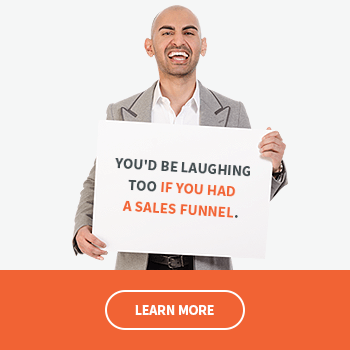

Comments
Post a Comment